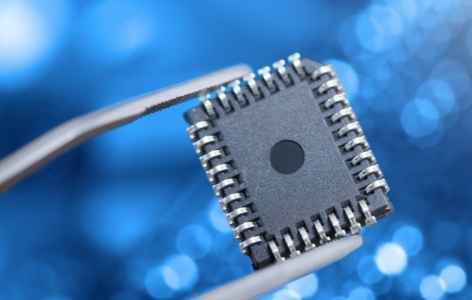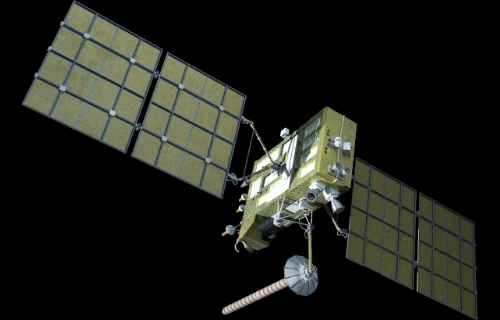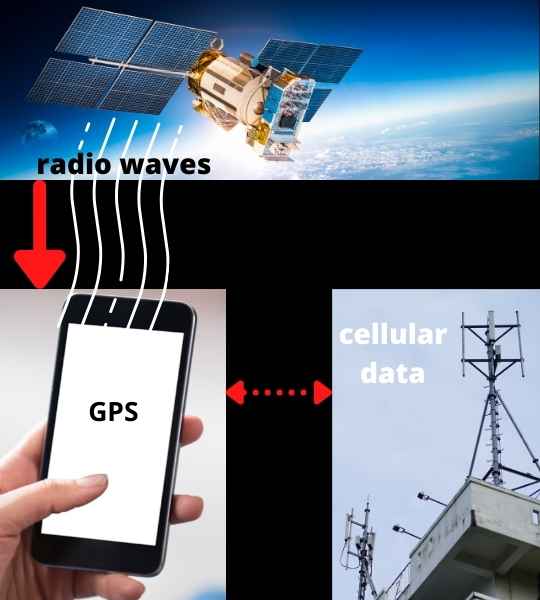This article explains how GPS units emit tiny levels of radiation that are negligible when compared to simply making a call on a cell phone.
We’ll break down the types of radiation that are involved with GPS. And we’ll explain why the radiation levels are so low.
Table of Contents
Do GPS Receivers Emit Radiation?
The GPS receiver in your phone or other GPS device does not emit ionizing radiation like X rays or high energy UV light.
Like all electronic devices, GPS receivers emit tiny levels of thermal and electromagnetic radiation. However, they only receive and do not transmit radio waves.
Let’s look more closely at the type of radiation that GPS receivers emit at negligible levels.

GPS receivers emit tiny levels of thermal radiation
All normal physical objects, including your cold cup of coffee, emit a type of radiation.
Never mind that cup, your arms and your legs emit a type of radiation. The type here is “thermal” radiation.
In other words, they transmit heat. Of course, it’s not enough heat to be harmful.
The only things that could not do so would be at a temperature of exactly zero. But this can’t happen on earth.
GPS chips emit tiny levels of electromagnetic radiation
GPS receivers listen for radio waves transmitting latitude and longitude information. But there is still work to be done to translate this into your precise location.
This work is done by the GPS chip that uses processing power to calculate where you are.
All electronic chips like this emit some level of electromagnetic radiation. In the case of GPS chips, this is so low as to be negligible.

GPS Receivers Do Not Emit Harmful Ionizing Radiation
The FDA regulates all electronic products in the United States that emit radiation. They enforce strict rules on products that emit what’s known as “ionizing” radiation.
Ionizing radiation contains enough energy to strip electrons from atoms. This means that they can be carcinogenic, and exposure to people should be avoided.
Ionizing radiation is a wide category that includes:
- Nuclear radiation
- X rays
- Gamma rays
- High energy ultraviolet light
You can read a breakdown of the many types in this FDA article.
Radio waves are non-ionizing radiation. But as we’ve already mentioned, your GPS receiver does not emit radio waves. It only receives them.
Thermal and electromagnetic radiation are also non-ionizing.
Do GPS Satellites Emit Radiation?

GPS satellites emit very weak radiation in the form of radio waves.
Radio waves are a form of non-ionizing radiation. In other words, they don’t have enough energy to strip electrons from atoms. At low levels, they are not harmful.
Why is radiation from GPS satellites so low?
The GPS satellites are 20,200 km above earth.
They transmit about 50 watts of power, which is akin to a lightbulb shining on the other side of the world.
By the time the signal arrives at a distance of ten meters from you, the signal is so weak that only specialist equipment can detect it.
Your GPS receiver is the right type of specialist equipment.
How Strong Is A GPS Signal?
Signal strength is measured in units called decibels per milliwatt or dBm.
The strength of a GPS signal is typically -120 to -130 dBm outdoors. It can fall to as low as -150 dBm when the receiver is inside a building.
Signals get weaker as they travel away from their transmitter. GPS signals are transmitted from satellites that are 20,200 km from earth.
The transmission power of the satellites is only about 45 Watt. So, you can see why the signal is weak when it reaches your receiver.
If you want a deeper dive, we have an article on why GPS signals are weak.
How does a GPS signal compare to a cellular signal?

Let’s compare this to the strength of the cellular signal to your mobile phone.
If you would like to measure your cell phone’s dBm right now, we have an article on how to check the signal strength on your phone.
No, this isn’t looking at the little green bars, which are very misleading. We’ll show you how to see the exact dBm.
If you don’t want to go to the trouble, we’ll tell you that the signal from a cell phone tower will fall to about -70 to -110 dBm by the time it reaches your home.
A dBm of -120 is a very poor signal for your cell phone. Once it falls to -125, you won’t have a strong enough signal to make a phone call. This is a dead zone.
We already stated that GPS signals are about -125 dBm when they reach your phone. This is usually a lot weaker than your cellular signal.
How Phone Applications That Use GPS Can Emit Radiation
The GPS receiver in your phone emits negligible levels of radiation. However, the applications on your phone that use GPS may emit higher levels.
We have a separate article on how GPS can work on your phone without using your data plan.
However, if you like to use a maps application in your car that gives you real-time updates on traffic, then the app will use cellular data transmission.
Similarly, if you are viewing real-time satellite images of your surroundings on a hike, the app is using cellular transmission with the nearest cell phone tower.
Cellular or Bluetooth transmitters emit higher electromagnetic radiation than a GPS device.
However, your phone emits the most amount of EMF radiation when you are start a phone call or first answer an incoming call.